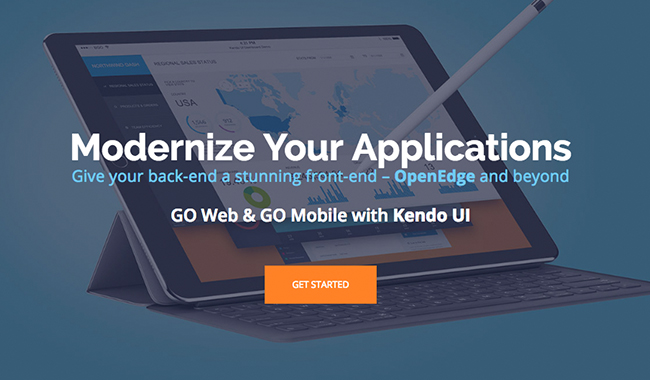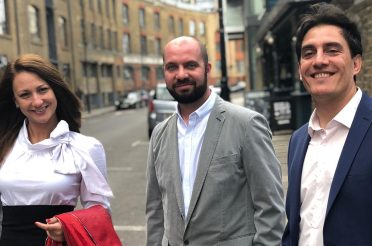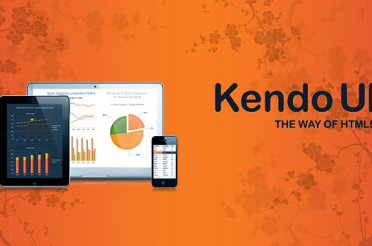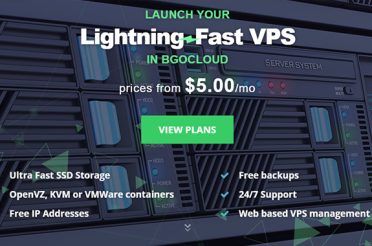Modernizing business-focused applications enables better business agility, simplifies prolonged procedures and aligns corporate strategies and business logistics with app functionalities. It is estimated that the enterprise application software market is expected to reach $200 billion by 2019, with 61% of small and big-sized companies thinking of application modernization as a real driver for success… When it’s done right and by the right people who use the right approaches. In this regard, one of our latest projects was related to application modernization for Organi.
Organi is a world-known innovative IT company based in Antwerp, Belgium. It specializes in the development of bespoke back-end software and hardware solutions, sector-specific desktop applications and more. The company works with more than 200 clients and 6000+ users from all over the world. After developing several web applications in the last 20 years, Organi decided to upgrade one of their ASP.NET applications – OLS – and migrate it to a Kendo UI application.
As a long-standing Telerik partner, currently Progress Primer Service Delivery Partner and a company with the highest number of Kendo UI certified experts, BGO Software was the partner which Organi trusted with their project. Having a proven track record of 40+ Kendo UI training sessions and seminars in 11 different countries for the last 2 years, our company continues to consult clients on how to benefit the most from development and investment processes which include the use of OpenEdge, Kendo UI tools and beyond.
After our effective partnership and the success of the finalized application modernization project, we had a reason to collaborate with Organi once again. Taking part in the EMEA PUG Challenge 2016 and being a Gold Sponsor of the event, we presented a case study on modernization along with our partner.
How did we come to work together with Organi … for the first time
Earlier this year, Progress organized ProgressNEXT for Partners – a three-day event held in Las Vegas which focused on the following topics:
- Application Modernization
- Mobile Convergence
- Business Intelligence
- Globalization
- Internet of Things
As a Progress Premier Service Delivery Partner, attending the event was a perfect opportunity to present our application modernization know-how. It gave us a chance to also demonstrate the knowledge of Kendo UI which stands behind the number of successful training events and seminars organized by our Kendo UI developers and trainers for Progress clients. At ProgressNEXT, our company was represented by Ivan Lekushev (CEO) and Bojidar Markov (Senior Sofware Consultant). Over the course of the event, they teamed up with the Senior Management of Organi during one of the game-like activities organized by Progress. Scoring the best possible results, they marked the beginning of our mutually rewarding partnership we see today.
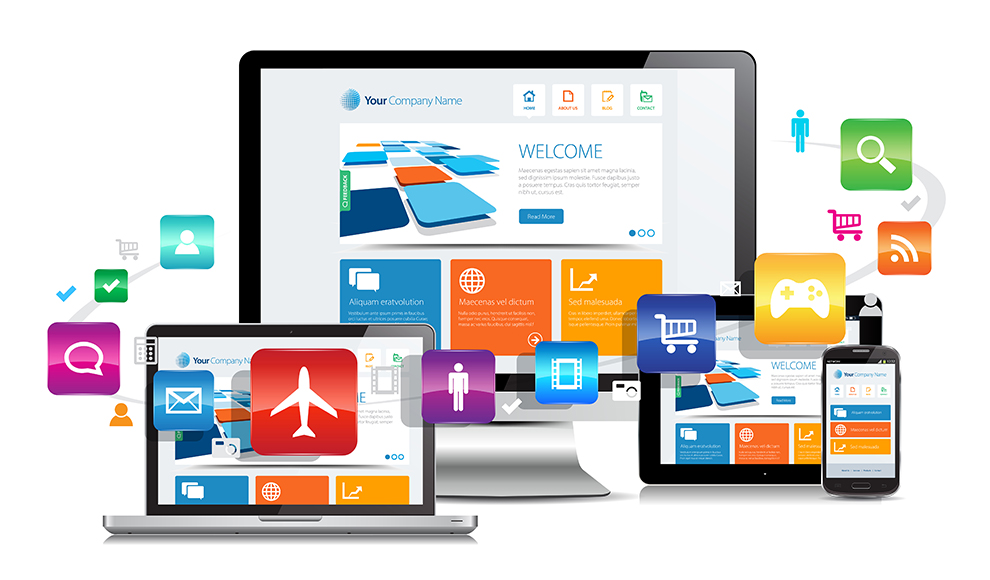
Setting up the project. Modernizing Organi’s application. Applying BGO Software’s expertise
In essence, OLS is an application created by Organi and then rebuilt by our developers. It represents a compound solution perfect for storage operators, freight forwarders, industrial companies, custom offices and more. It can be used for a number of operational and financial management procedures related to shipment tracking and tracing, importing and exporting activities, monitoring delivery statuses, accounting follow-ups, viewing the location of the ship and the delivery address and more.
However, because it was outdated and its features could no longer deliver business-relevant efficacy and easiness of use, the client required application re-architecture. In order to improve their own app interface, make it more relevant and better performing, they decided to migrate to Kendo UI. Knowing from previous occasions that BGO Software is a number one Kendo UI training and service provider, Organi chose our developers to perform the modernization. With the main idea to avoid any drastic changes to the back-end, our client wanted to use Kendo UI on top of JQuery. However, based on previous experience and other application modernization projects, our experts consulted them that the best decision to improve the front-end was by implementing Kendo UI on top of AngularJS instead. The ideal goal was to make the application more visually attractive, better organized and easier to use.
The biggest challenge in this project was to make minimal changes and preserve the original server-side of the application, while optimizing the interface. To achieve that, we determined and carried out several fundamental steps that guided us throughout the whole project implementation.
- Overall project and application evaluation
Legacy systems are inherently complicated and very often businesses aren’t fully aware of their structure. For this reason, the first step towards complete application modernization included detailed evaluation of Ograni’s existing web application. Our senior consultant Bojidar Markov visited the clients’ office in order to set off the assessment process, review current state and IT infrastructure. Bojidar also went through the technical skills and knowledge of the staff involved. He wanted to determine whether or not additional training on Kendo UI was required, bearing in mind that Nikolai Aleksiev, one of our Kendo UI gurus, carried out a two-day on-site training in 2015 for Organi.
With the accurate and thorough analysis, our experts were able to easily start navigating across the software. They quickly understood the application stability for modernization, its size, complexity and design of its database. Furthermore, they assessed the logic flows, existing within the system and determined the code redundancy as well. Questions regarding the project’s completion time and resources were also discussed and resolved.
- Determining and calculating the desired outcomes
After establishing what the client had in place, the other logical step was to define their exact needs and expectations and determine what both sides needed to do next. Which was critical for the creation of a correlated system of mutual and individual tasks for quicker and easier implementation. The main purpose here was to guarantee that the app would retain its core functionalities and processes of the original system, no matter what further changes were requested. Based on acknowledged business requirements, timeframe, visions and know-how, we moved on to the next step.
- Roadmap and strategic planning
This component focused on several key things: explaining the risks which the current legacy technology posed to the business; analyzing the scope of changes; specifying the transitional architecture; preparing wireframes; and building a cost-efficient and time-effective approach that would fulfill the business needs of Organi and respond to our range of services at the same time. We aimed at choosing the most suitable technologies to perform the modernization – Kendo UI.
- Project initiation, execution and control
After clarifying all the technical and procedural specifics, we initiated a team planning and sealed contract agreements. Project managers and technical leaders were allocated, daily tasks were assigned and weekly plans were prepared. Establishing strong collaboration between departments and teams, and having constant exchange of information and updates was also very important. In attempt to facilitate our work, Organi’s team prepared a well-structured documentation, researched how to set up their back-end to enable a seamless transition. They also provided test data to our experts to introduce them to the system. While we were dealing with the front-end, they were managing the back-end. Regular reporting on the progress and the changes that were being made ensured everything was on track. The continuous monitoring and control over each and every procedure was a way to make sure that the client’s requirements were followed and all the benefits were going to be delivered in the end.
- Project Delivery
Finally, once we completed the application modernization of OLS, our experienced Kendo UI consultants organized a three-day onboarding programme for Organi’s developers. Our consultant carried out a training which explained how Kendo UI works and clarified the specifics of the project’s Front-End. The training also helped Organi’s team acquire the necessary knowledge and skills to work with the modernized application.
All of this highlights the fact that the IT industry is in a constant process of transformation. Likewise, IT business needs, ecosystems, processes, tools and architectures are kept alive by the means of continuous upgrades and boosts which stimulate the corporate efficiency. This is simply inevitable, especially when business owners want to maintain their companies as competitive, up-to-date and successful as possible. And quite often, in today’s tech-driven economy, such positive changes are closely linked to application modernization in particular and the creation of greater value from existing software developments.









